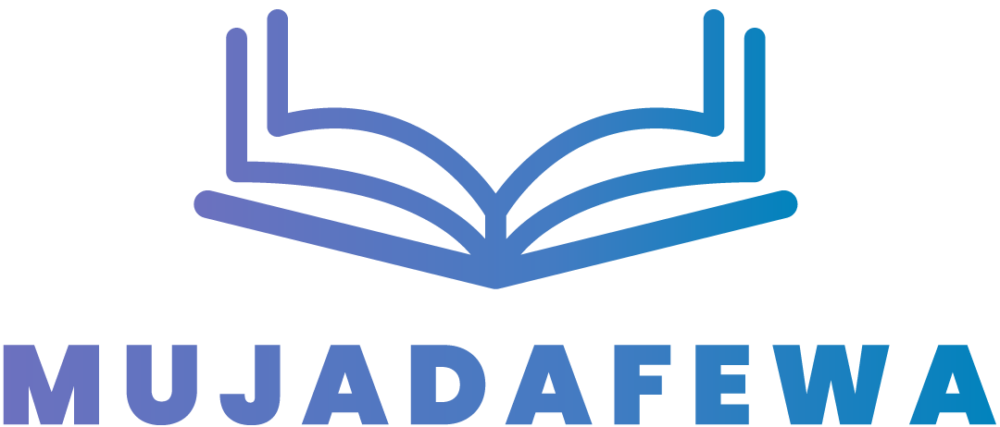Your cart is currently empty!
Should You Share Your Content on Multiple Platforms?
As a content creator, one of the key decisions you’ll have to make is where to share your content. With numerous social media platforms and websites available, it can be challenging to determine which ones are worth your time and effort. In this blog post, we will explore the benefits of sharing your content on multiple platforms.
Introduction
In today’s digital age, it is essential to make your content easily accessible to a wide audience. Sharing your content across multiple platforms allows you to reach a larger number of people and increase your online presence. However, it is crucial to evaluate the pros and cons before diving into a multi-platform strategy.
The Benefits of Sharing on Multiple Platforms
1. Increased Visibility
By sharing your content on multiple platforms, you expose it to various audiences who may not be following you on every platform. This increases your chances of reaching potential readers or customers who otherwise might have missed out on your content. Moreover, each platform has its own algorithms and user base, enabling you to tap into new communities and generate more engagement.
2. Diversification of Traffic Sources
Relying on a single platform for sharing your content can be risky. Algorithm changes or unforeseen circumstances may cause a significant drop in visibility or even lead to account suspension. By diversifying your presence across multiple platforms, you ensure that your content remains accessible even if one platform falters. This also allows you to explore different types of content, such as videos on YouTube or visuals on Instagram, attracting varying audiences.
3. Increased Brand Exposure
Sharing your content across multiple platforms helps build and strengthen your brand identity. Consistently sharing valuable content on different platforms establishes your authority in your niche and allows more individuals to become familiar with your brand. This exposure can lead to organic growth as people share your content with their own networks, ultimately expanding your reach.
4. Improved SEO and Website Traffic
Sharing your content on reputable platforms can have a positive impact on your website’s search engine optimization (SEO). Backlinks from different platforms can enhance your website’s authority, leading to improved organic search rankings. Additionally, by including links back to your website in your shared content, you can drive traffic and potentially convert visitors into customers or subscribers.
The Pitfalls to Consider
While there are many benefits to sharing your content on multiple platforms, it is essential to be aware of the potential downsides:
1. Time and Resource Investment
Managing multiple platforms requires time and effort. Creating unique content for each platform, optimizing it for different formats, and engaging with audiences can be time-consuming. It is crucial to assess whether you have the resources or team members to handle the additional workload before expanding to multiple platforms.
2. Maintaining Consistency and Quality
Maintaining consistency across multiple platforms can be challenging. Each platform may have different formatting requirements, character limits, or user expectations. Ensuring that your content is of the same high quality across all channels is essential to maintain your brand reputation.
3. Limited Audience Engagement
While diversifying your presence increases your content’s visibility, it’s important to note that engagement levels may vary on different platforms. Some platforms may have lower engagement rates or predominantly passive audiences. Understanding the demographics and user behavior of each platform is vital to tailor your content and optimize your interaction strategies accordingly.
Conclusion
Sharing your content on multiple platforms can be a valuable strategy to increase your reach and online presence. The benefits of increased visibility, diversification of traffic sources, improved brand exposure, and SEO improvement make it a viable approach for content creators. However, it is crucial to consider the challenges of time and resource investment, maintaining consistency and quality, and the potential variance in audience engagement before embarking on a multi-platform strategy.
By evaluating these factors and finding a balance that suits your goals and available resources, you can effectively share your content across multiple platforms, amplifying your brand’s impact and connecting with a wider audience.
FAQs (Frequently Asked Questions)
-
Should I share the exact same content on all platforms?
- While sharing the same core content across platforms can save time, it is advisable to tailor your content to each platform’s unique audience and requirements. Adapt your content format, tone, and length to suit the platform and engage better with your audience.
-
How can I manage multiple platforms effectively?
- Planning and scheduling your content in advance using social media management tools can help streamline your multi-platform approach. Additionally, consider outsourcing or delegating tasks, such as content creation or engagement, to maintain consistency and free up time.
-
Which platforms should I prioritize?
- Prioritize platforms where your target audience is most active. Research the demographics, interests, and engagement patterns of different platforms to determine the ones that align best with your content and goals.
-
Is sharing content on multiple platforms time-consuming?
- While managing multiple platforms does require time and effort, planning and batch creating your content can help streamline the process. Dedicate specific time slots for content creation, scheduling, and engagement to maintain efficiency.
-
Are there any downsides to sharing on multiple platforms?
- Yes, some downsides include the time and resource investment required, maintaining consistency and quality across platforms, and the potential variance in audience engagement. Carefully consider these factors and evaluate whether you have the necessary resources and strategies to overcome these challenges.
by
Tags:

Leave a Reply